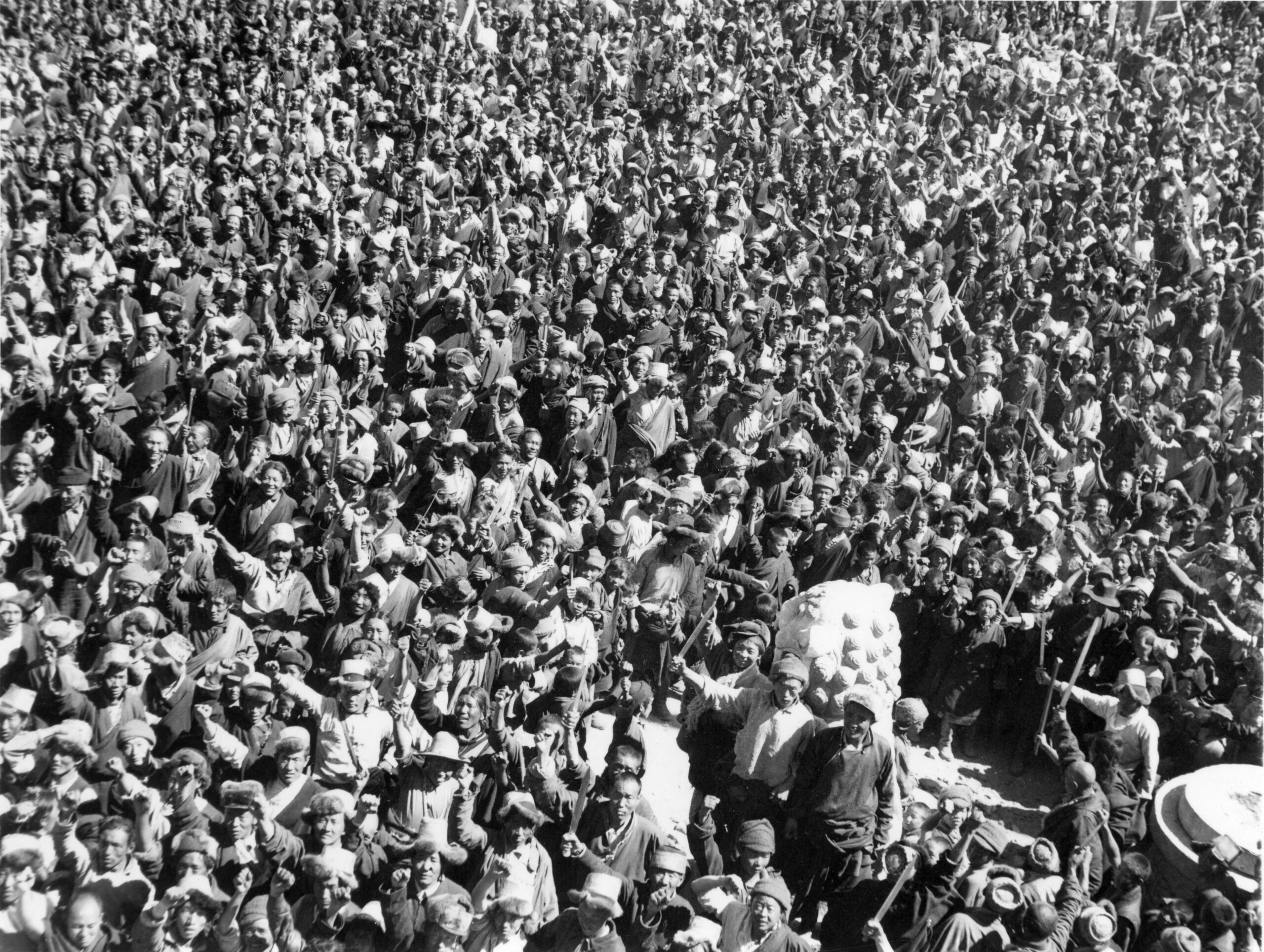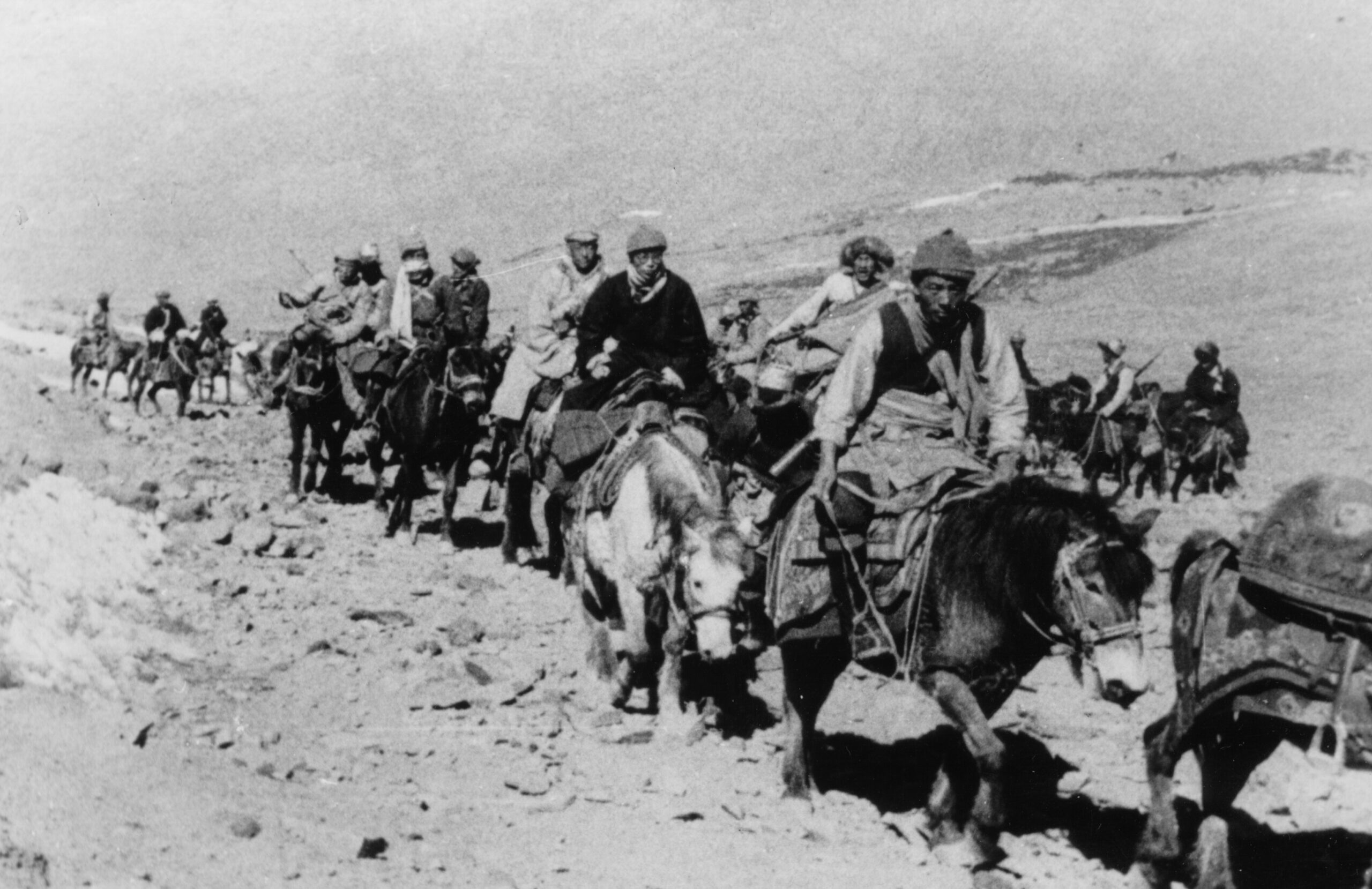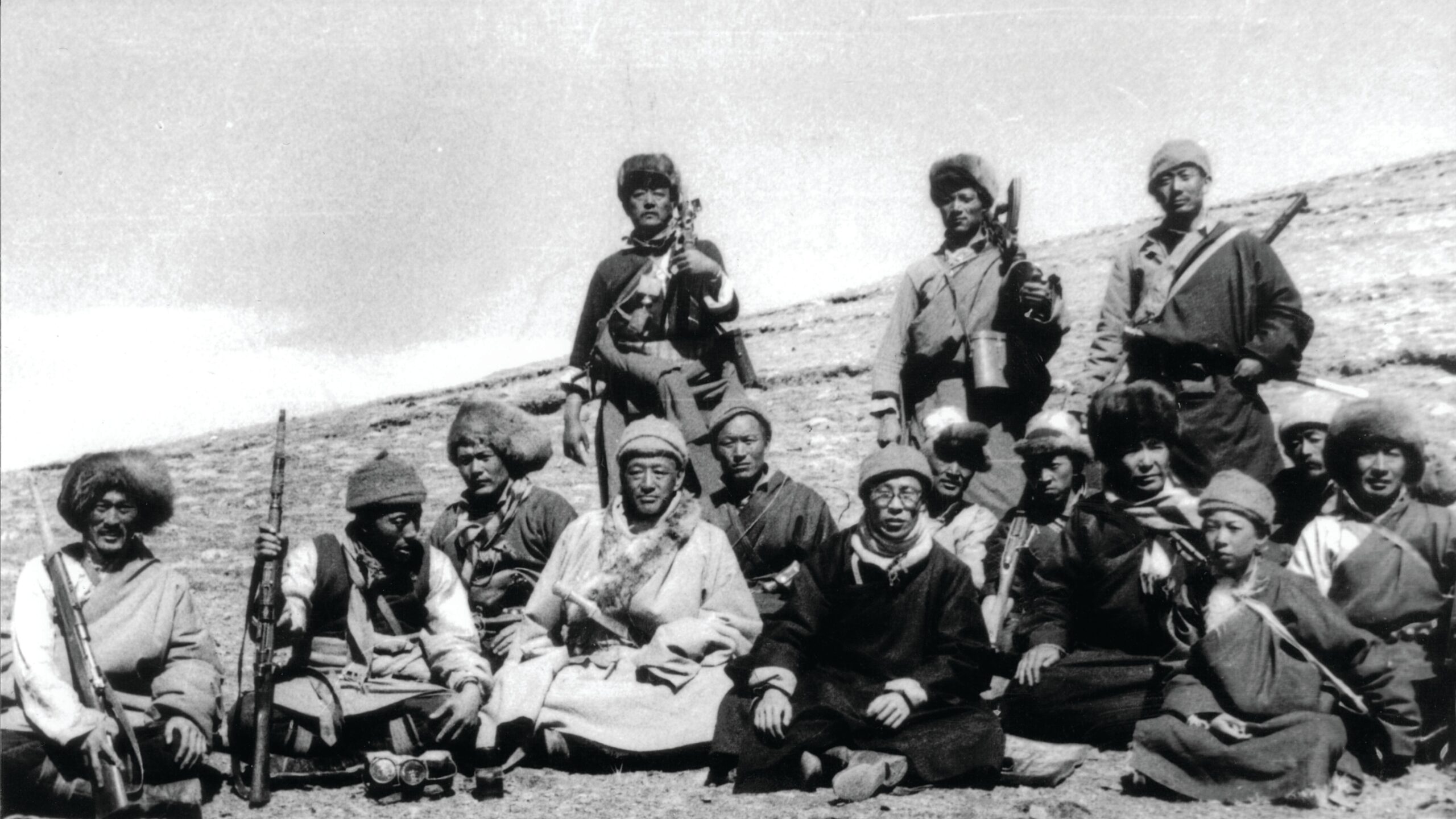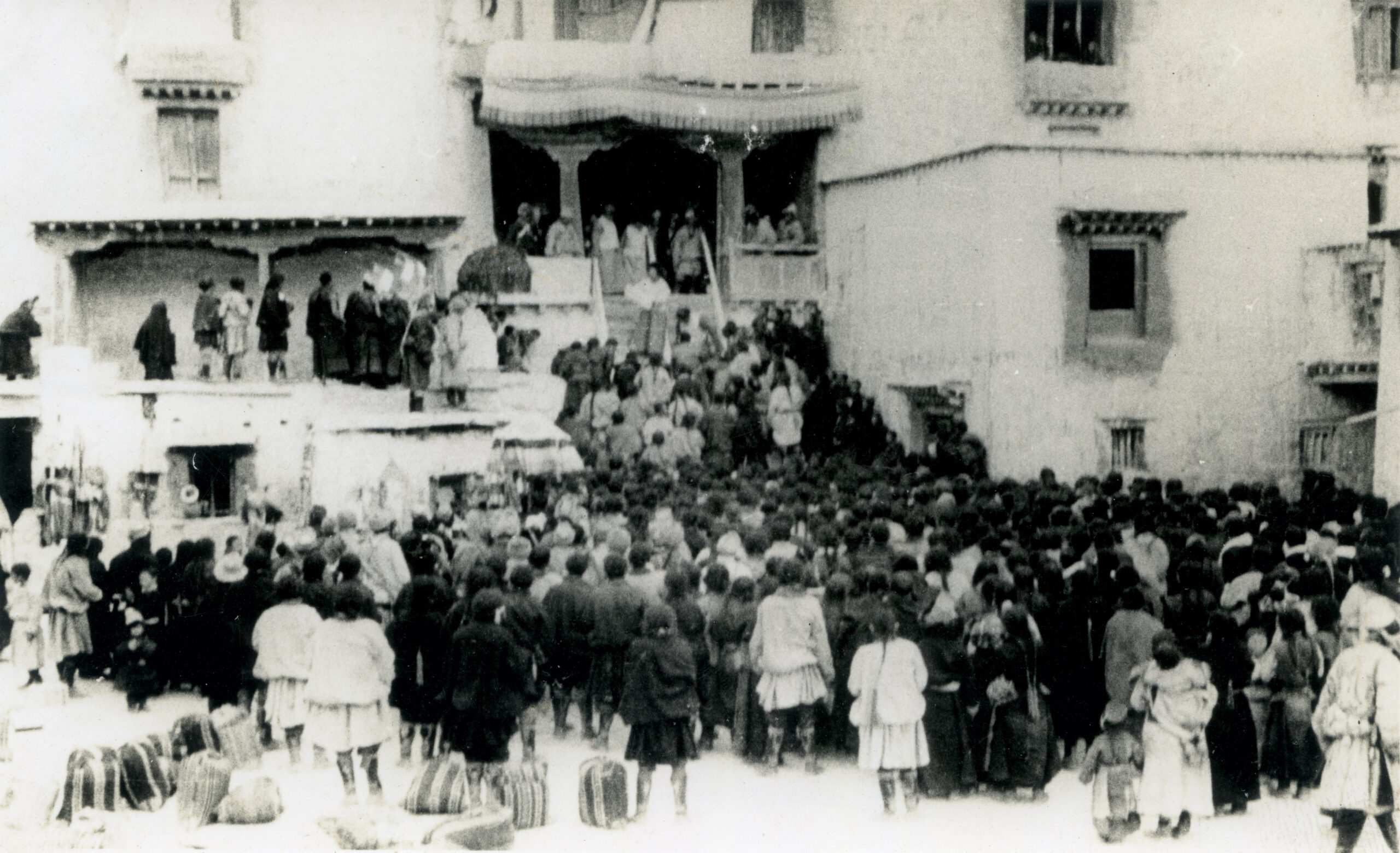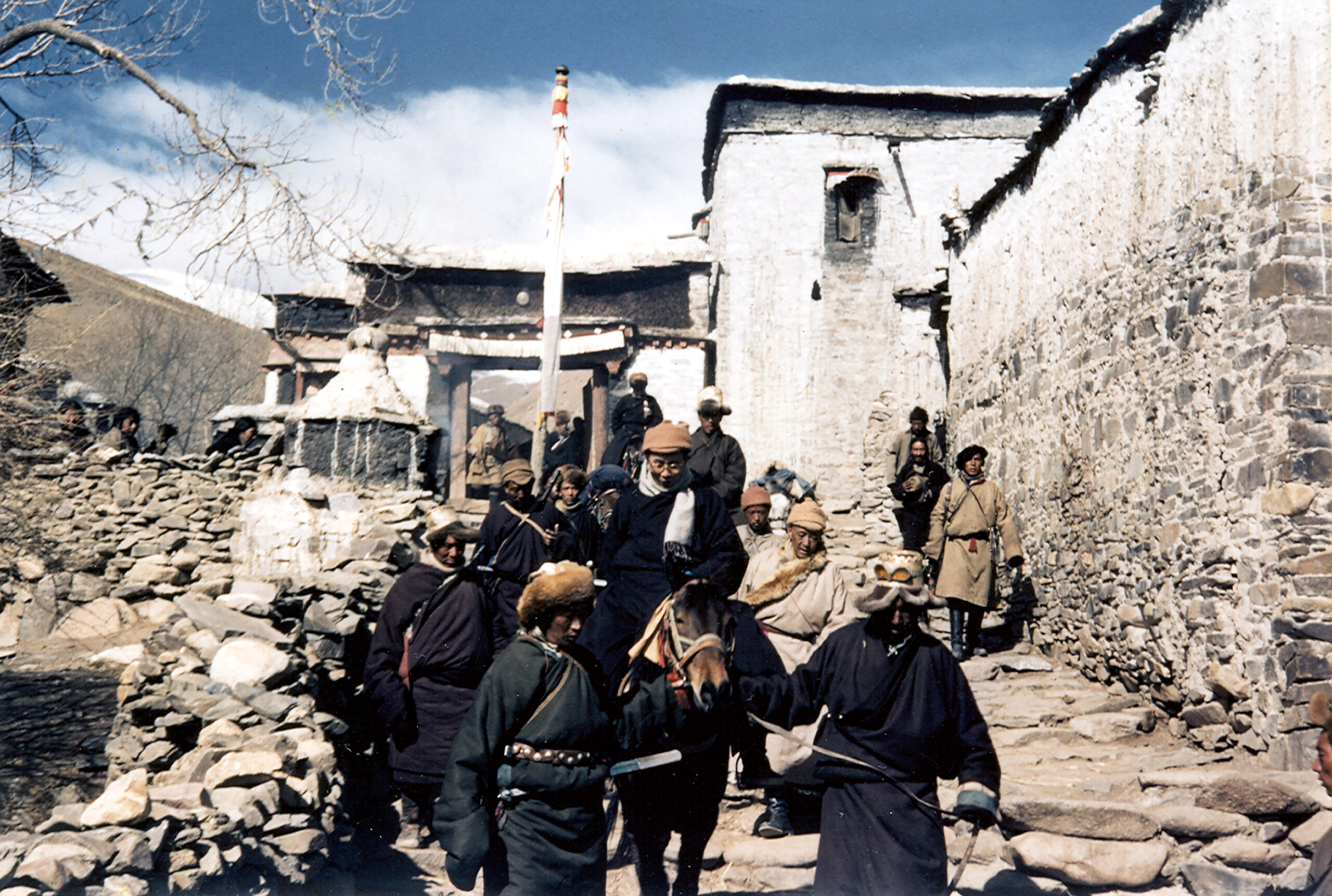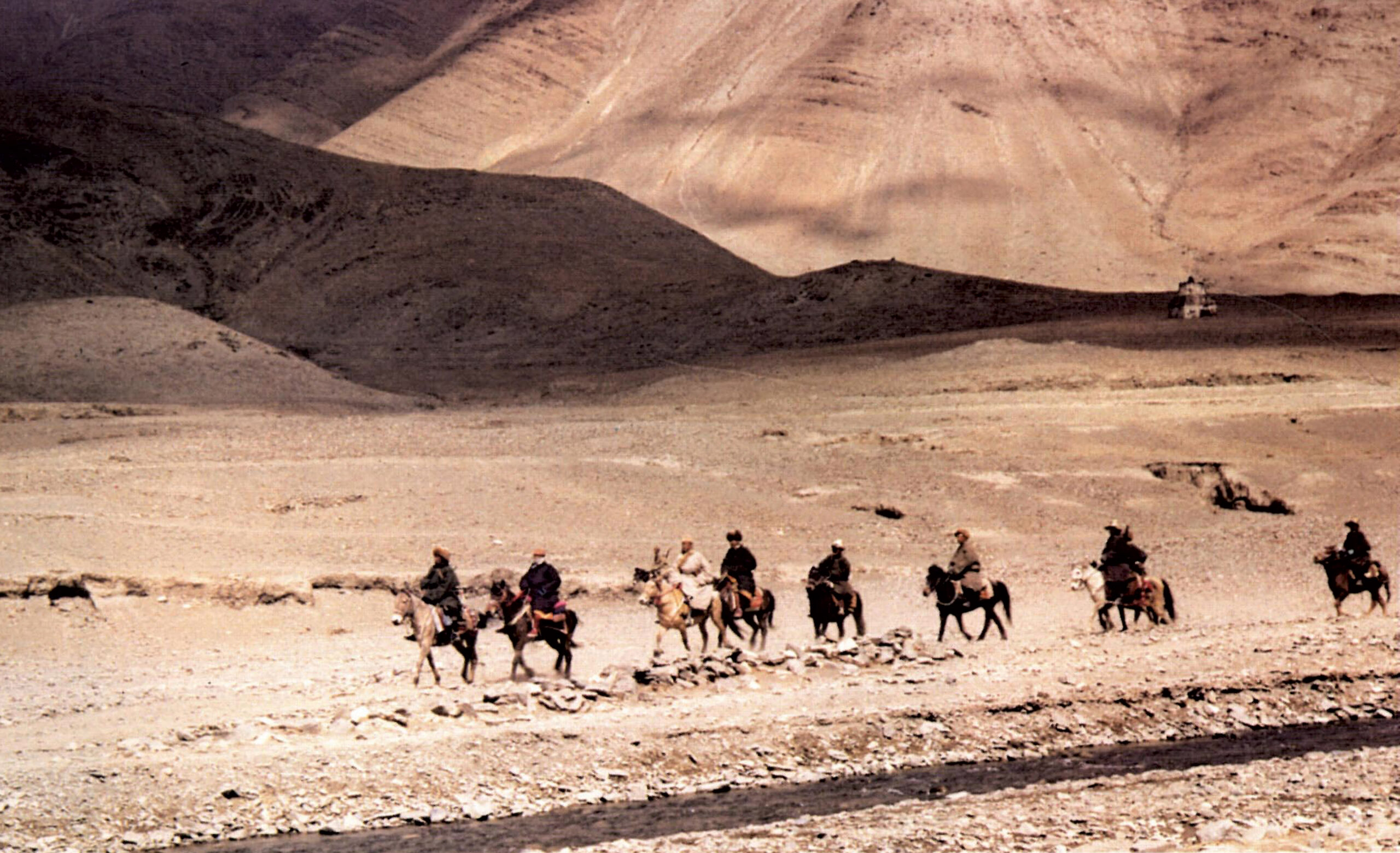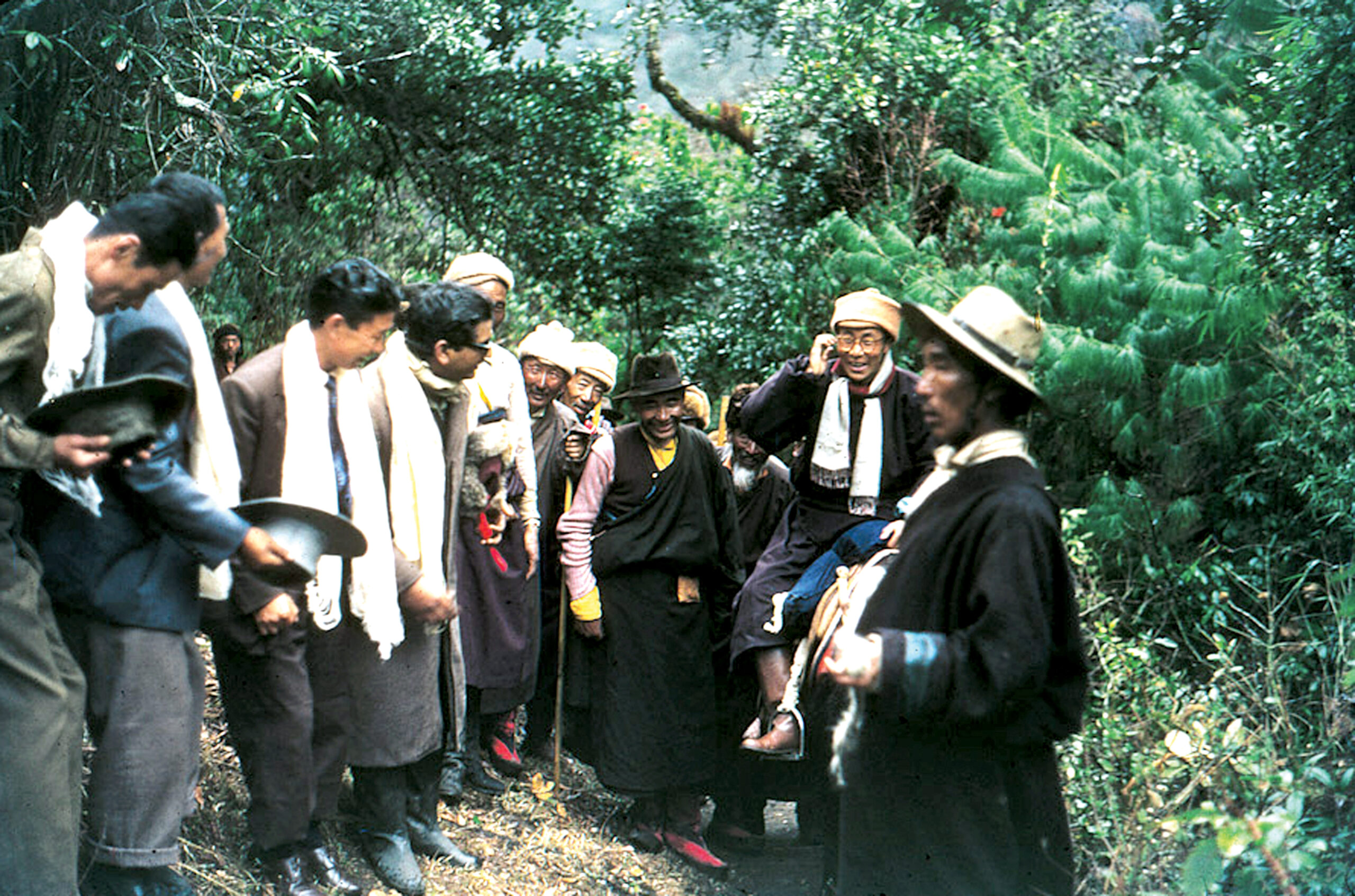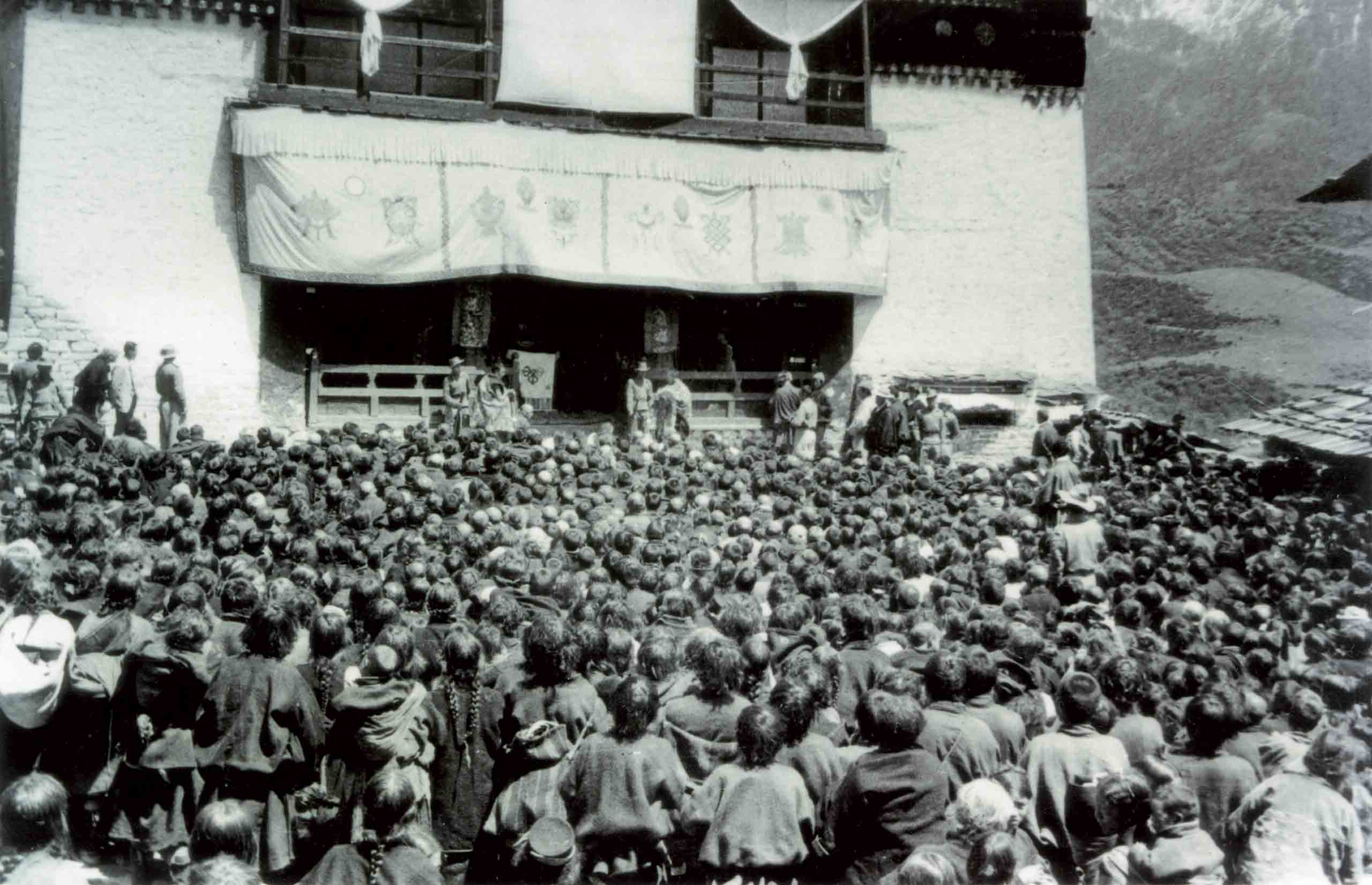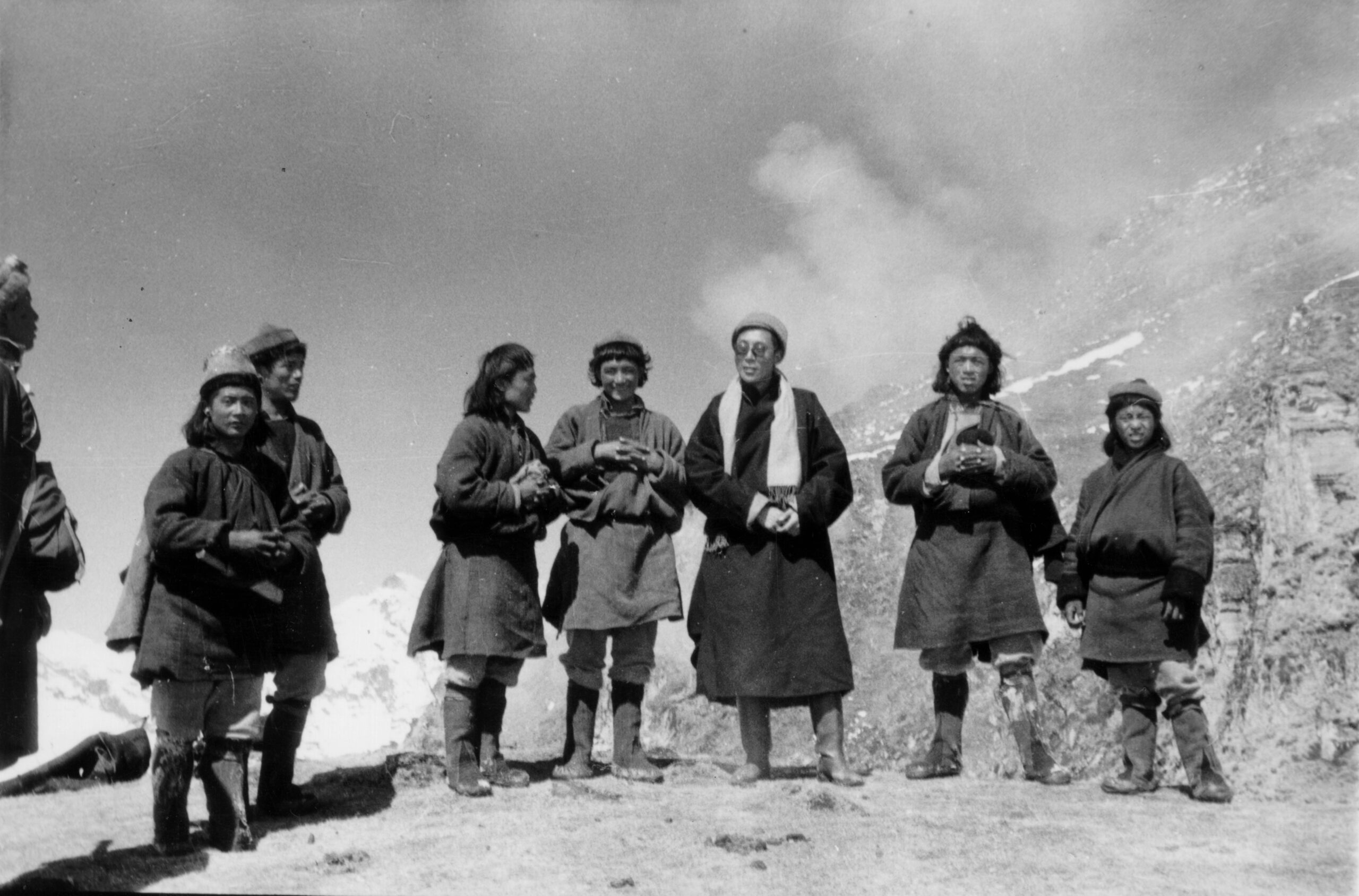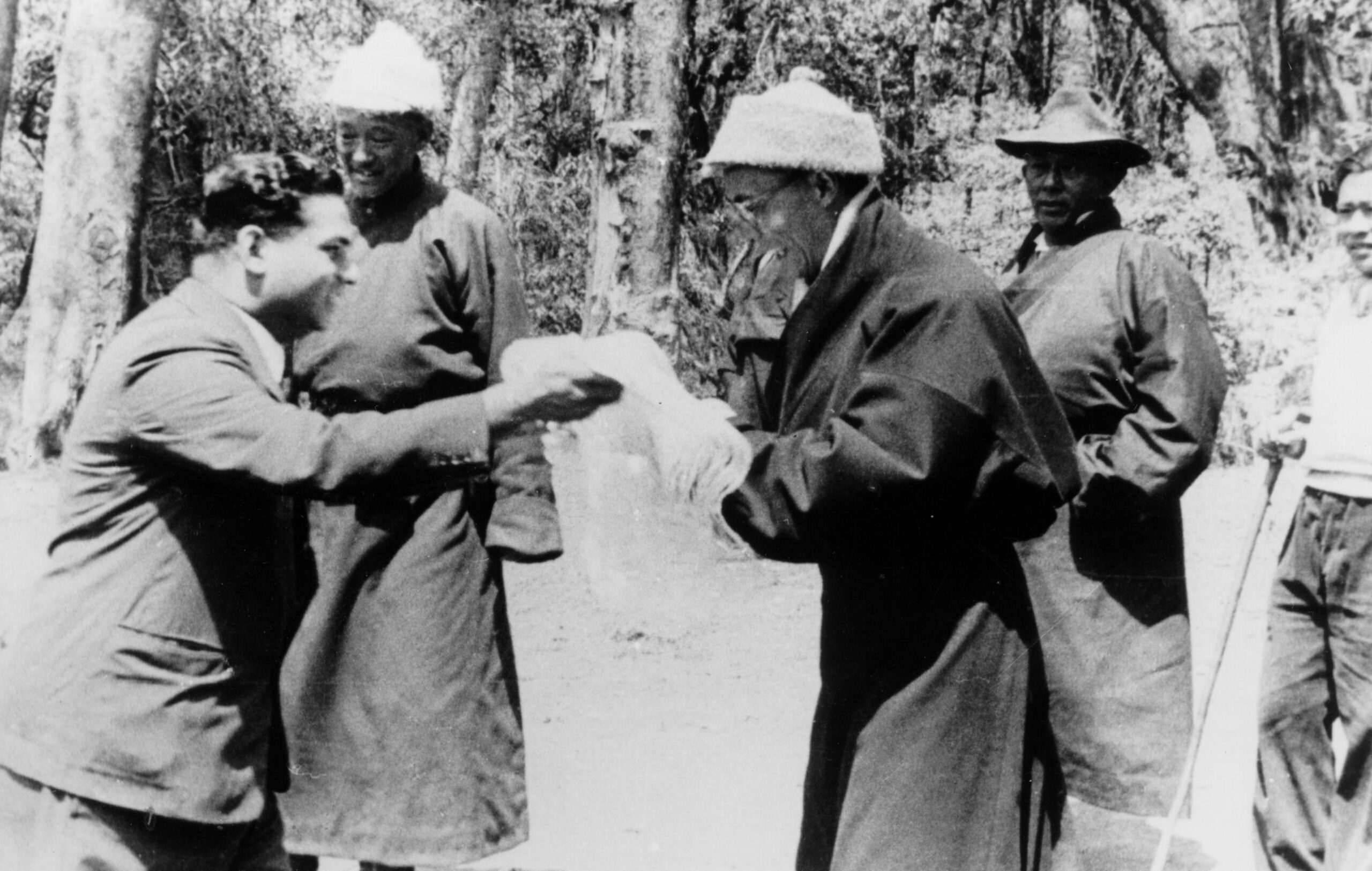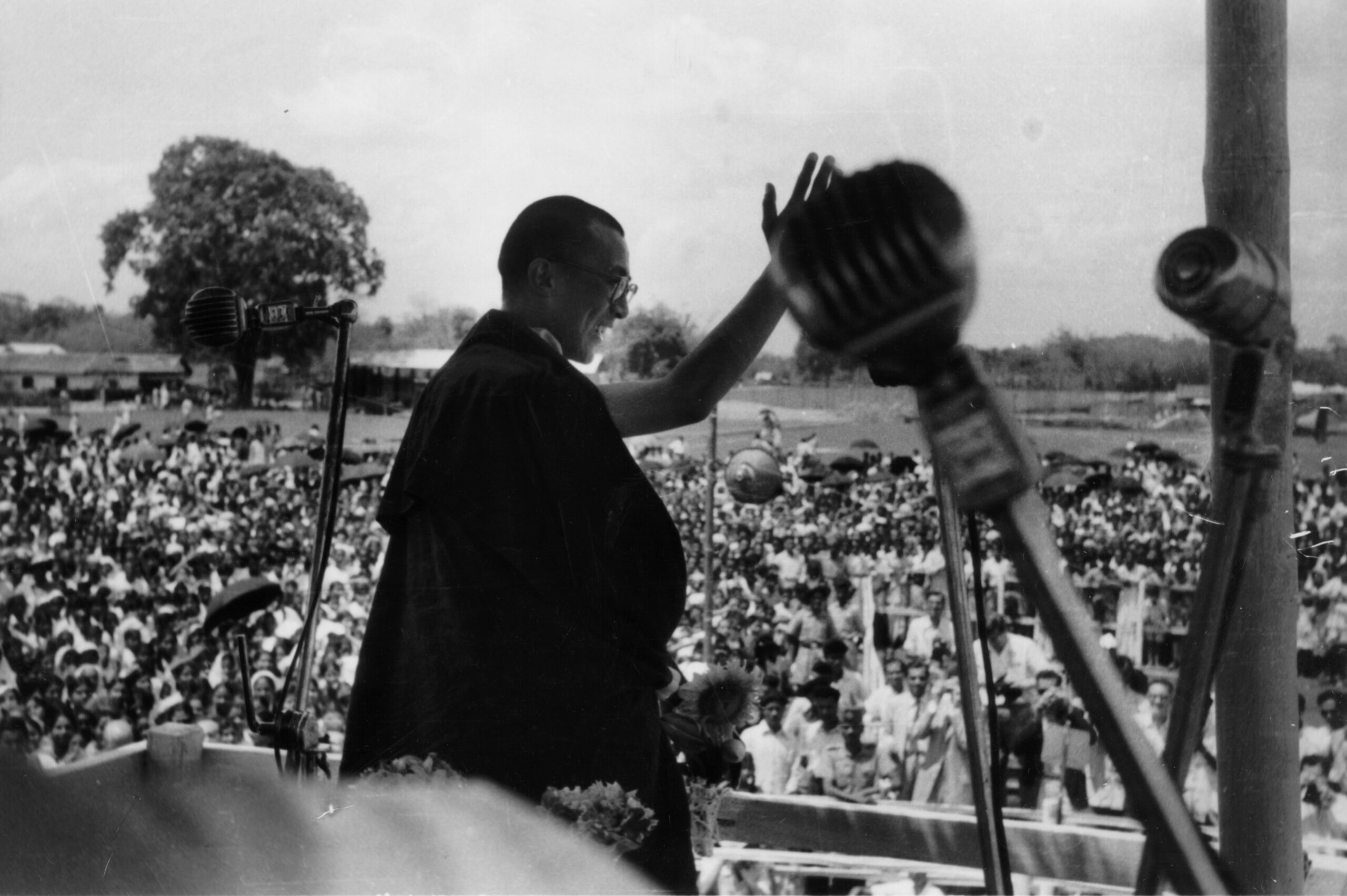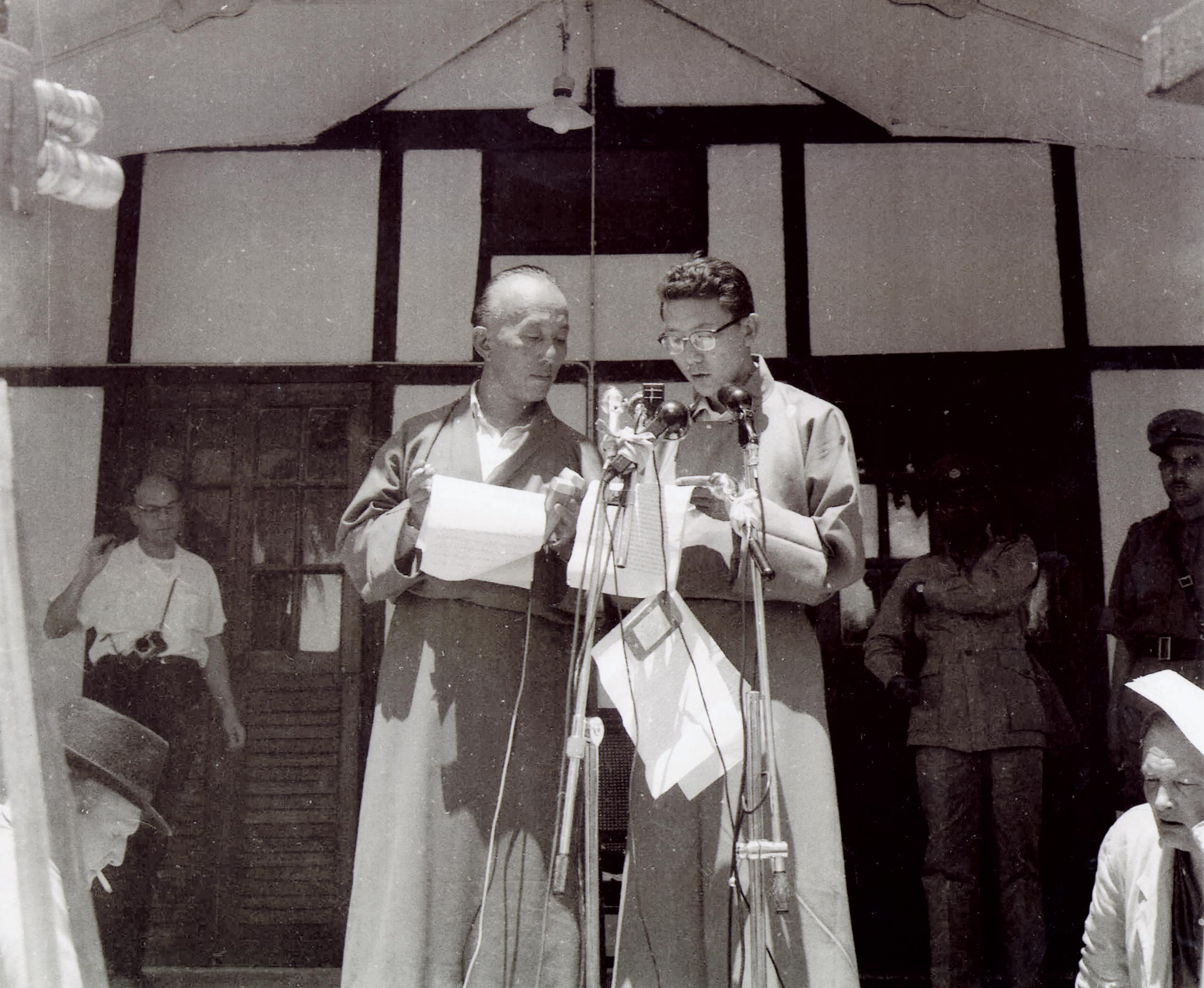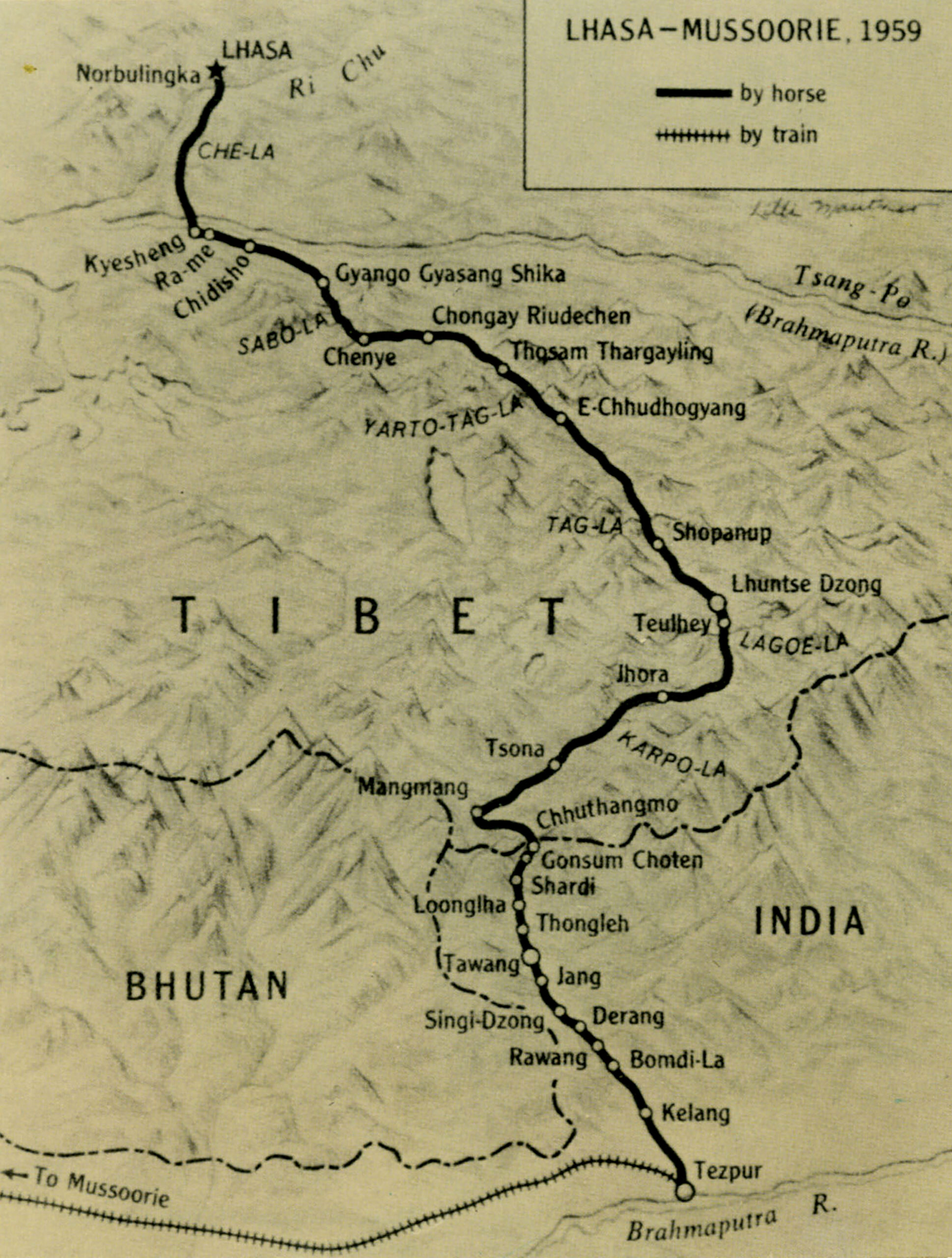
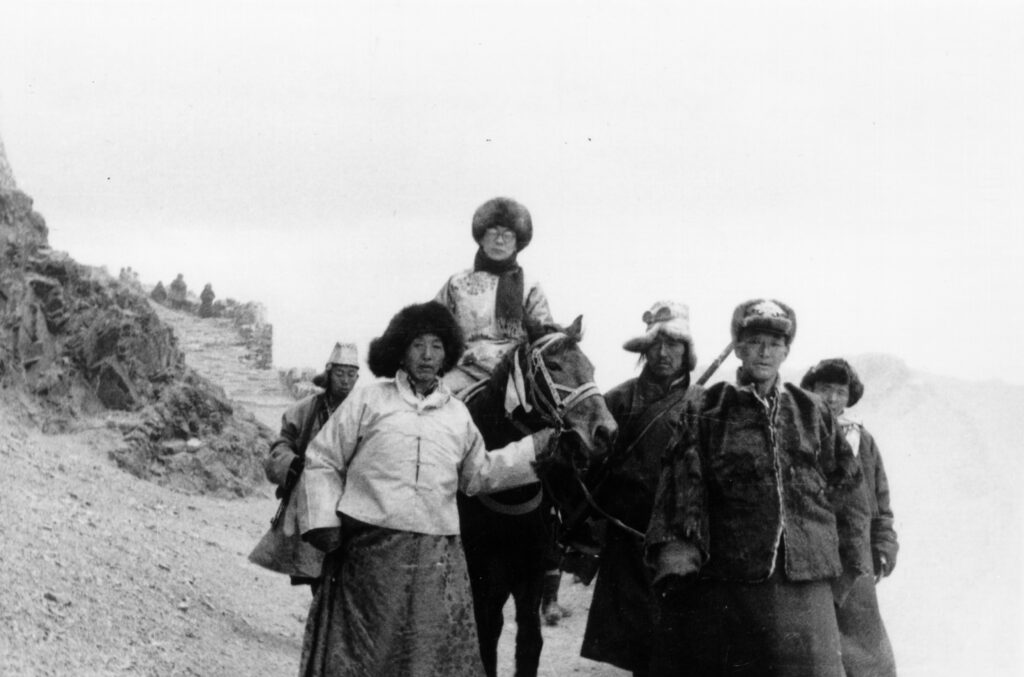
The Great Escape
In March 1959, Lhasa erupted in resistance. Fearing a Chinese plot to abduct His Holiness the Dalai Lama and forcibly take him to Beijing, tens of thousands of Tibetans surrounded Norbulingka, his summer palace, to protect their leader. What began on March 10 as a peaceful demonstration quickly escalated into a full-scale national uprising. Just two days later, on March 12, Tibetan women—led by courageous figures like Kunsang—marched through the streets of Lhasa, demanding China’s withdrawal and asserting Tibet’s sovereignty. Their defiance was met with brutal force as Chinese troops shelled the city, killing thousands.
Amid the escalating crisis, His Holiness made a life-altering decision. On the night of March 17, 1959, at the age of 24, he slipped out of Norbulingka disguised as a lay soldier. Thus began a perilous two-week journey across the Himalayas. Accompanied by a small entourage, including members of his cabinet, he traveled on foot and horseback through treacherous terrain, evading Chinese patrols in a desperate bid for safety and freedom.
On March 26, after reaching Lhuntse Dzong, His Holiness established a temporary Tibetan government and formally repudiated the “Seventeen-Point Agreement,” declaring that Tibet had historically been an independent nation. On March 31, he and his entourage crossed into India through the Assam Rifles post at Chuthangmu near Ziminthang and continued on to Tawang, where they were received with deep warmth and reverence by local communities.
In Bomdila, His Holiness was formally welcomed by Prime Minister Nehru’s special envoy, P.N. Menon. There, for the first time, he experienced what he described as a true sense of “freedom.”
On April 18, from Tezpur, Assam, His Holiness addressed the international press, explaining that the violent invasion and atrocities committed by Chinese forces had made his escape inevitable. He expressed profound gratitude to the Indian government and people for offering asylum.
After spending time in Mussoorie, he settled in Dharamshala in April 1960, where he established the Tibetan government-in-exile, known as the Central Tibetan Administration.
His escape marked not just survival, but the beginning of a renewed spiritual and political mission—to safeguard Tibetan identity, culture, and the enduring hope for freedom.
